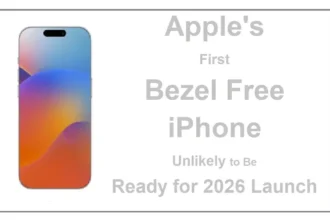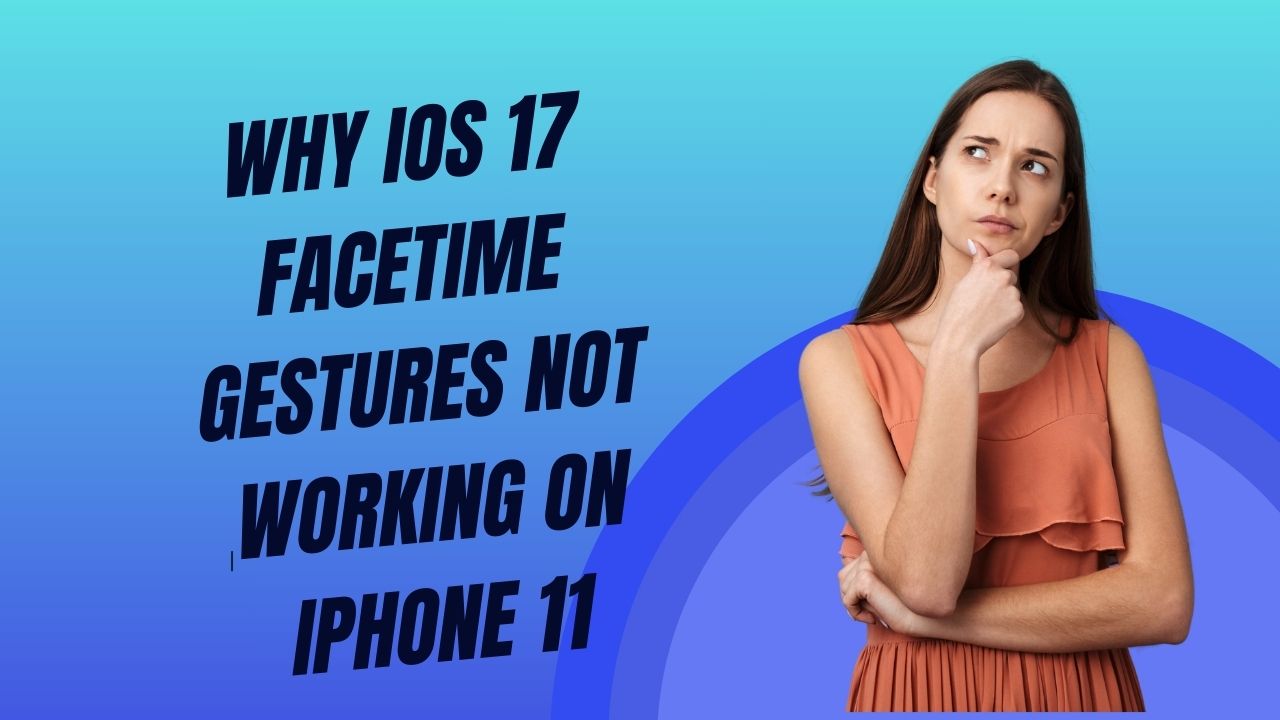iOS 17 brought with it a lots of new features, including the ability to express oneself more vividly during FaceTime calls through reaction effects.
These effects are triggered by specific hand gestures and add a layer of fun and expressiveness to video calls.
However, users of the iPhone 11 have encountered a stumbling block: the FaceTime gestures are not supported on their device.
Let’s discuss the reasons behind this limitation and potential solutions for those seeking to troubleshoot other FaceTime issues on supported devices.
FaceTime Gestures Device Compatibility
The crux of the matter lies in hardware limitations. The iPhone 11, powered by the A13 Bionic chip, does not meet the requirements for the new FaceTime reaction effects, which necessitate an A14 Bionic chip or newer.
Here is a list of devices that officially support FaceTime reaction effects in iOS 17:
- iPhone 12 and newer (A14 Bionic chip and above)
- iPad Pro 12.9-inch (5th generation and later)
- iPad Pro 11-inch (3rd generation and later)
- iPad (10th generation)
- iPad Air (4th generation and later)
- iPad mini (6th generation)
So, if you have an iPhone 11, you simply cannot use the new FaceTime gestures and reactions features – even with iOS 17 installed. Apple has limited support to only its newest devices with more powerful processors and camera hardware.
FaceTime Issues on Compatible Devices
For users with compatible devices who are experiencing difficulties with FaceTime gestures, there are several troubleshooting steps to consider:
Ensure Reactions are Enabled
The first step is to verify that the Reactions feature is enabled during a FaceTime call. This can be done by swiping down from the top-right corner to access the Control Center and tapping on Video Effects to select Reactions.
Force Quit and Restart
If the Reactions feature is enabled but still not functioning, force quitting the FaceTime app may resolve any technical errors. After closing the app, wait a few seconds before reopening it[1]. Additionally, rebooting the iPhone can clear out minor bugs and give the system a fresh start, potentially fixing minor iOS bugs.
Check Touch Accommodations
Another potential issue could be the Touch Accommodations setting within the Accessibility settings. If this setting is toggled on, it may interfere with the FaceTime gestures. Users should ensure that this toggle is turned off.
Use Dedicated iOS Repair Tools
If the above steps do not resolve the issue, using a dedicated iOS repair tool like UltFone iOS System Repair might be necessary. This tool can refresh the entire iOS system and reconfigure the FaceTime app without deleting personal data.
Alternative Features
For iPhone 11 users, while the specific gesture-triggered reactions are not available, there are still many other FaceTime features to explore and enjoy. These include Memoji, filters, stickers, and the ability to change one’s appearance during calls.
Conclusion
While the iPhone 11 does not support the new FaceTime gesture-triggered reaction effects due to hardware constraints, there are still ample features within FaceTime to enhance communication. For those with compatible devices facing issues, the troubleshooting steps provided should help in resolving most problems. It is important to remember that technology is ever-evolving, and while certain features may be limited to newer models, there are always alternative ways to enrich our digital interactions.






